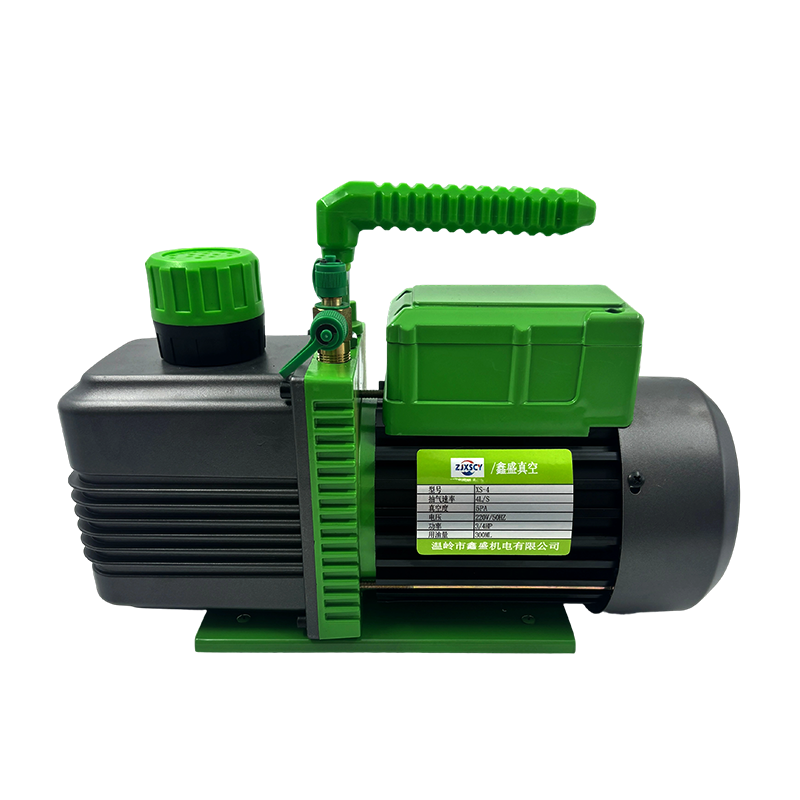May 09, 2025
Rotary vane vacuum pumps are widely used in industrial applications where the generation of a vacuum is essential. These pumps are commonly employed in laboratories, manufacturing, food processing, and various other industries that require controlled environments. As with any product, the price of rotary vane vacuum pumps can vary based on several factors, such as design, capacity, material quality, and the reputation of the manufacturer. Understanding the factors that influence the price of rotary vane vacuum pumps is key for businesses and professionals looking to make informed purchasing decisions.

Rotary Vane Vacuum Pump Manufacturers
Factors Influencing the Price of Rotary Vane Vacuum Pumps
Several factors contribute to the pricing of rotary vane vacuum pumps. One of the primary factors is the capacity of the pump. Pumps with larger capacities, designed to handle more significant vacuum requirements or higher volumes of air or gases, are generally priced higher. Manufacturers produce a wide range of models, from smaller pumps suitable for laboratory environments to larger industrial pumps that are capable of managing more demanding applications. Consequently, the price can differ significantly depending on the capacity required for the specific task.
Another critical factor is the material quality used in the construction of the vacuum pump. Pumps made from durable and corrosion-resistant materials, such as stainless steel, tend to be more expensive than those made from standard metals. Manufacturers that emphasize the quality of materials and the longevity of their pumps typically price their products higher due to the increased cost of materials and manufacturing processes.
The brand reputation of rotary vane vacuum pump manufacturers also plays a significant role in determining price. Established manufacturers with a strong track record of reliability and performance often charge a premium for their pumps. These manufacturers invest in research and development, quality control, and customer service, which increases the overall cost of the product. However, buyers may be willing to pay a higher price for pumps from well-known brands due to the assurance of quality and post-sale support.
Different Types of Rotary Vane Vacuum Pumps and Their Price Variations
Rotary vane vacuum pumps come in various designs and configurations, which can affect the price. The standard oil-lubricated rotary vane vacuum pump is one of the common types, known for its reliability and relatively lower cost compared to other types. These pumps use oil to lubricate the vanes and prevent wear, ensuring smooth operation. However, they require regular maintenance, including oil changes, which adds to the long-term operating costs.
On the other hand, oil-free rotary vane vacuum pumps are designed for applications where the presence of oil is undesirable, such as in food packaging or pharmaceutical manufacturing. These pumps typically cost more upfront because of the advanced technology used to eliminate the need for oil lubrication. While they reduce maintenance costs over time, their initial purchase price is often higher due to the complexity of their design and the use of specialized materials.
Another type of rotary vane vacuum pump is the dual-stage rotary vane vacuum pump, which is designed for applications requiring a deeper vacuum. These pumps are typically priced higher than single-stage pumps because they offer greater performance and efficiency. Dual-stage pumps are often used in more demanding industrial settings, and their price reflects their enhanced capabilities.
The price of rotary vane vacuum pumps can also vary based on the region in which they are manufactured and sold. Rotary vane vacuum pump manufacturers based in countries with higher labor and material costs, such as those in Europe and North America, may offer products at higher prices than manufacturers located in regions with lower production costs, such as Asia. However, the price difference may be offset by factors like better customer support, warranty services, and the reliability associated with pumps from certain regions.